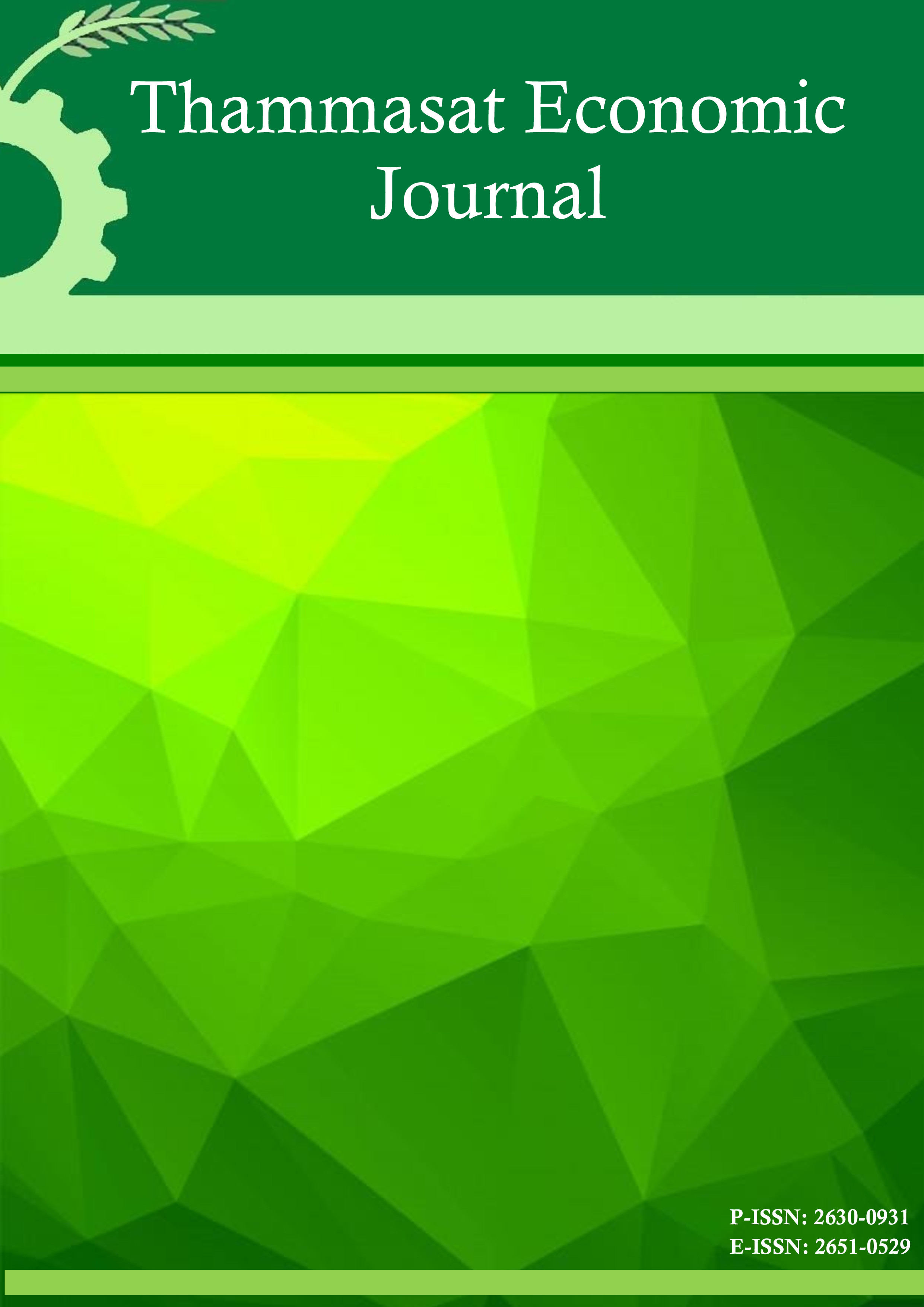The Effects of Immigration on Capital Inflow
Abstract
In this theoretical paper, we study the relationship between immigration and capital inflow. We apply the idea of Helpman (1984) in explaining that physical capital movement occurs to bring about factor price equalization across countries when international trade alone cannot. Based on the Heckscher-Ohlin model, the Edgeworth Box is used in our static analysis. We find that immigrants may increase or decrease capital inflow. This is because immigrants increase labor supply. They may also depress the domestic wage. Consequently, firms substitute labor for capital and this lowers capital inflow. On the other hand, an increase in labor supply through immigration raises the marginal product of capital and thus the return on investments. Higher returns on capital attract capital inflow. The increase in capital inflow may in turn eliminate the impacts of immigration on factor returns. This suggests the need for future empirical studies of migration and labor market outcomes to control for endogenous capital movements.
References
2. Leamer, E.E., 1987, “Paths of Development in the Three-Factor, N-Good General Equilibrium Model”, Journal of Political Economy, 95: 961-999.
3. Leamer, E.E., Maul, H., Rodriguez, S. and Schott, P.K., 1999, “Does Natural Resource Abundance Increase Latin American Income Inequality?”, Journal of Development Economics, 59: 3-42.
4. Lopez, R. and Schiff, M. (1998) “Migration and the Skill Composition of the Labor Force: the Impact of Trade Liberalization in LDCs”, Canada Journal of Economics, 31 (2): 318-36.
5. Markusen, J.R., (1983) “Factor Movements and Commodity Trade as Complements.” Journal of International Economics, 14(3-4): 341-356.
6. Martin, P. (2004) Improving the Management of Foreign Workers, Case Studies on Five Industrial Sectors, International Organization for Migration and International Labour Office, Bangkok.
7. Mundell, R.A., (1957) “International Trade and Factor Mobility.” The American Economic Review, 47(3): 321-335.
8. Pitayanon, S. (2001) “Migration of Labour into Thailand,” Chulalongkorn Journal of Economics, 13: 1-42.
9. Schott, P.K., (2003) “One Size Fits All? Heckscher - Ohlin Specialization in Global Production”, American Economic Review, XCII: 686-708.










